Do you have a question about the Biostar P4M900 and is the answer not in the manual?
Overview of the P4M900 mainboard and its chipset.
Detailed technical specifications of the P4M900 mainboard components.
Visual layout and component identification on the P4M900 mainboard.
Procedure for installing the CPU into the Socket 775.
Connecting cooling fans and installing RAM modules into DIMM sockets.
Description of rear I/O ports like PS/2, VGA, USB, and LAN.
Explanation of front panel headers for power, LEDs, switches, and USB.
Information on FDD, IDE, and SATA drive connectors.
Configuration via jumpers and clearing CMOS settings.
Description of PCI Express and PCI slots for expansion cards.
Guide to connecting ATX power supply to the mainboard.
Overview of the BIOS setup program and key navigation controls.
Detailed descriptions of all categories available in the BIOS Main Menu.
Guide to identifying and installing necessary drivers and software.
Steps to configure the 5.1 surround sound audio effect.
Overview of RAID technology and its benefits for data management.
Details on RAID 0 configuration for performance enhancement.
Details on RAID 1 configuration for data redundancy and fault tolerance.
Overview of the P4M900 mainboard and its chipset.
Detailed technical specifications of the P4M900 mainboard components.
Visual layout and component identification on the P4M900 mainboard.
Procedure for installing the CPU into the Socket 775.
Connecting cooling fans and installing RAM modules into DIMM sockets.
Description of rear I/O ports like PS/2, VGA, USB, and LAN.
Explanation of front panel headers for power, LEDs, switches, and USB.
Information on FDD, IDE, and SATA drive connectors.
Configuration via jumpers and clearing CMOS settings.
Description of PCI Express and PCI slots for expansion cards.
Guide to connecting ATX power supply to the mainboard.
Overview of the BIOS setup program and key navigation controls.
Detailed descriptions of all categories available in the BIOS Main Menu.
Guide to identifying and installing necessary drivers and software.
Steps to configure the 5.1 surround sound audio effect.
Overview of RAID technology and its benefits for data management.
Details on RAID 0 configuration for performance enhancement.
Details on RAID 1 configuration for data redundancy and fault tolerance.
| Brand | Biostar |
|---|---|
| Model | P4M900 |
| Category | Motherboard |
| Language | English |
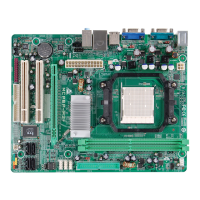

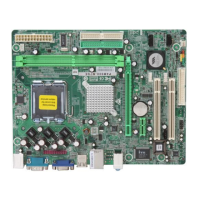
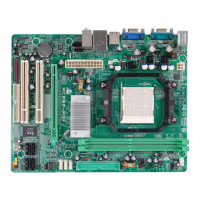
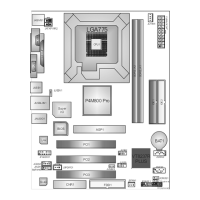
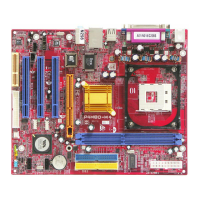
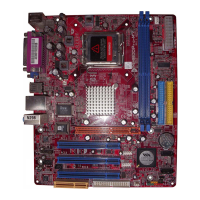
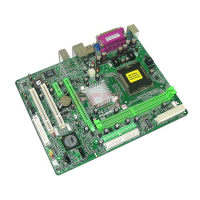
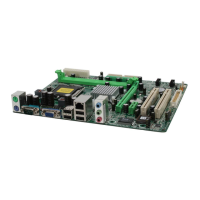
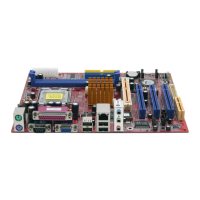

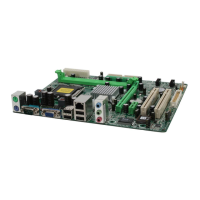
